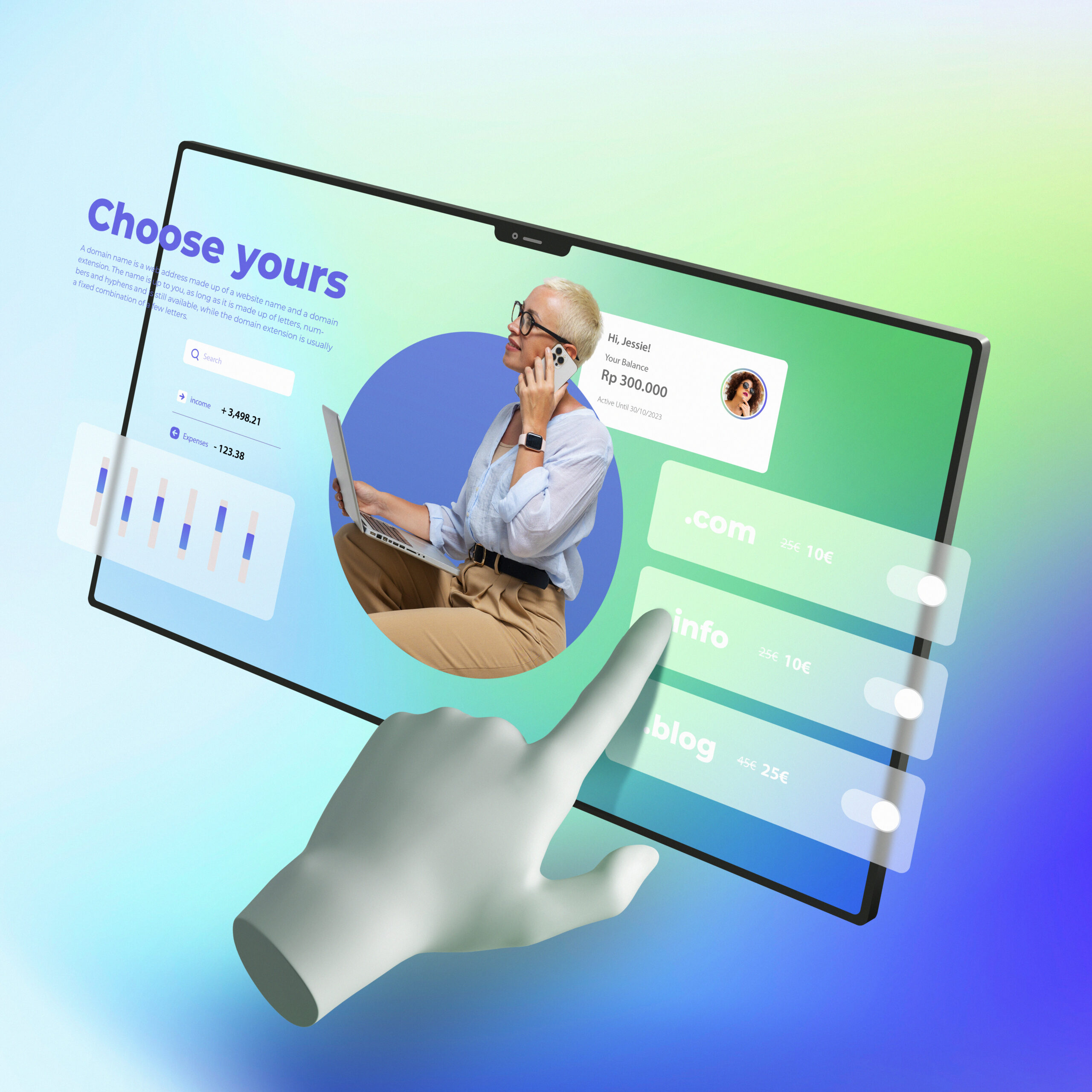



In an era where smartphones and tablets dominate our daily lives, mobile apps have become essential tools for businesses and individuals alike. Whether it’s for entertainment, productivity, or connectivity, apps serve a myriad of purposes and have revolutionized how we interact with technology. If you’re considering developing an app, this comprehensive guide will walk you through the key stages, from concept to launch and beyond.
App development involves creating software applications that run on mobile devices. These apps can be designed for various platforms, including iOS, Android, and Windows. The process requires a blend of creativity, technical skill, and strategic planning to bring an idea to life and ensure it meets user needs and expectations.
Apps provide a direct channel to engage with customers, offering personalized experiences, push notifications, and seamless interactions that foster loyalty and satisfaction.
A well-designed app increases brand visibility and recognition, allowing businesses to stay top-of-mind with their audience. It acts as a constant reminder of your services or products.
Apps can be monetized through various strategies, such as in-app purchases, subscription models, and advertising, providing a steady revenue stream.
In today’s competitive market, having an app can set your business apart, showcasing innovation and a commitment to meeting modern consumer demands.
The first step in app development is generating a solid idea and conducting thorough research.
Once you have a clear idea, it’s time to plan and strategize the development process.
Design plays a crucial role in app development, as it directly impacts user experience and satisfaction.
The development phase involves writing code and bringing your app design to life.
Thorough testing ensures that your app is free of bugs and performs well under various conditions.
Once testing is complete and the app is polished, it’s time for the big launch.
App development doesn’t end at launch. Continuous support and maintenance are crucial for long-term success.
Prioritize creating an intuitive and engaging user experience. Happy users are more likely to become loyal customers and advocates for your app.
Avoid feature bloat by focusing on the core functionalities that solve the primary problem. Additional features can be added in future updates.
Thorough testing is essential to catch and fix issues before they reach users. A well-tested app minimizes the risk of negative reviews and user frustration.
The tech landscape is ever-evolving. Stay updated with the latest trends, tools, and best practices in app development to keep your app relevant and competitive.
A successful app launch requires effective marketing. Utilize social media, email campaigns, influencer partnerships, and other strategies to promote your app and attract users.
App development is a multifaceted process that requires careful planning, design, coding, testing, and ongoing support. By following a structured approach and focusing on user needs, you can create an app that not only meets your business goals but also provides value to your users. Whether you’re developing an app to enhance customer engagement, boost brand visibility, or generate revenue, the right strategy and execution can make all the difference. Happy developing!
No Related Post